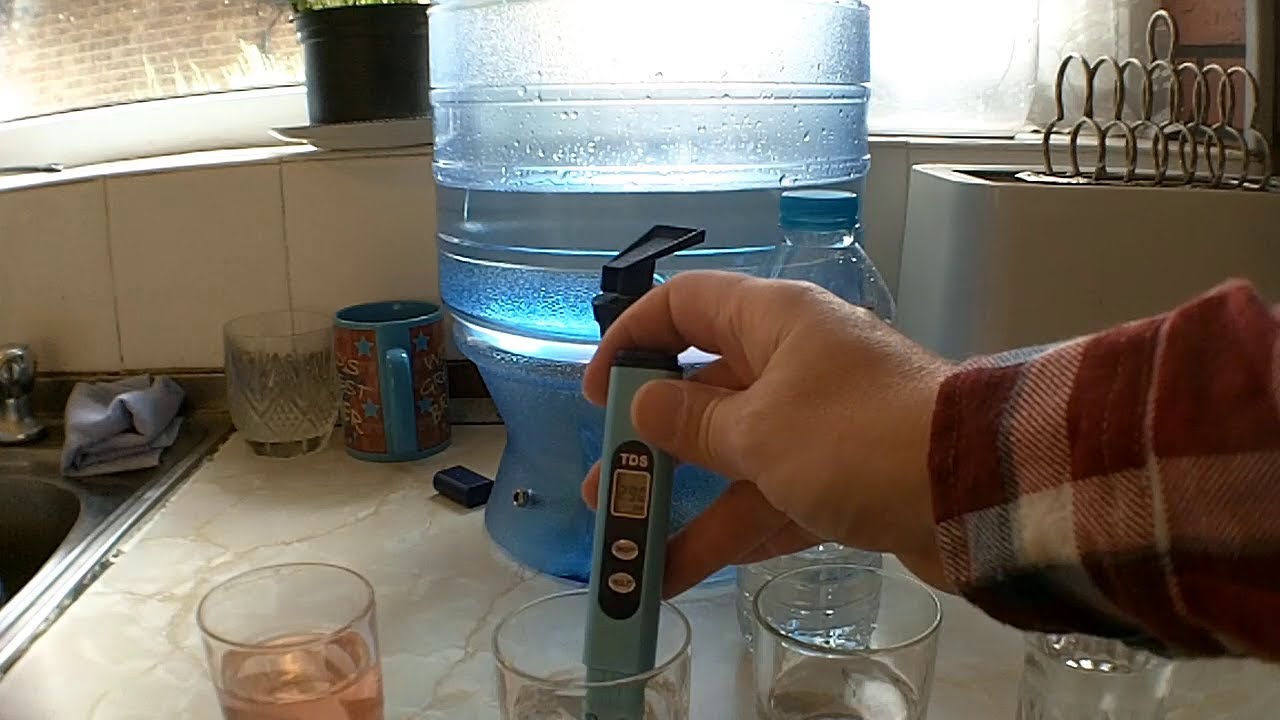Common Mistakes When Using Water Filters

Water filters are essential for ensuring clean and safe drinking water, but improper use can reduce their effectiveness or even cause harm. This article explores the most common mistakes people make when using water filters and offers practical advice to avoid them.
Table of Contents
- Introduction
- Common Mistakes
- Using the Wrong Filter Type
- Neglecting Filter Replacement
- Incorrect Installation
- Ignoring Water Quality
- Overlooking Maintenance
- How to Choose the Right Water Filter
- FAQs
- Conclusion
1. Introduction
Water filtration is a critical step in ensuring potable water free from contaminants such as chlorine, heavy metals, bacteria, and sediments. However, many users unknowingly make mistakes that compromise the filter’s performance.
2. Common Mistakes
Using the Wrong Filter Type
Different water filters target different contaminants. For example, activated carbon filters are excellent for removing chlorine and organic compounds but ineffective against heavy metals or microbes. Reverse osmosis systems remove a broad range of contaminants but are more expensive and require more maintenance.
Choosing the wrong filter can lead to inadequate purification and potential health risks.
Neglecting Filter Replacement
Filters have a limited lifespan, usually measured in gallons or months. Using a filter beyond its recommended capacity can cause clogging, reduced flow rate, and even bacterial growth inside the filter.
Tip: Always follow the manufacturer’s guidelines for replacement intervals.
Incorrect Installation
Improper installation can cause leaks, reduce filtration efficiency, or damage the filter system. Common errors include incorrect orientation, loose fittings, or failure to flush the filter before use.
Ignoring Water Quality
Not testing your water before choosing a filter can lead to selecting an ineffective system. Water quality varies by location and source, so understanding your water’s specific contaminants is crucial.
Overlooking Maintenance
Regular maintenance, such as cleaning filter housings and checking seals, is essential to ensure optimal performance and longevity.
3. How to Choose the Right Water Filter
| Filter Type | Removes | Pros | Cons |
|---|---|---|---|
| Activated Carbon | Chlorine, VOCs, odors | Affordable, easy to install | Does not remove minerals or microbes |
| Reverse Osmosis | Heavy metals, microbes, salts | Highly effective | Expensive, wastes water |
| UV Filters | Bacteria, viruses | Chemical-free disinfection | Does not remove chemicals or sediments |
4. FAQs
Q1: How often should I replace my water filter?
A: It depends on the filter type and usage, but typically every 3 to 6 months or as specified by the manufacturer.
Q2: Can I use any water filter for well water?
A: Not all filters are suitable for well water. Testing your water is essential to choose the right system.
Q3: What happens if I don’t replace my filter on time?
A: It can lead to reduced filtration efficiency, clogged filters, and potential bacterial growth.
5. Conclusion
Using water filters correctly is vital for ensuring safe drinking water. Avoiding common mistakes like using the wrong filter, neglecting replacements, and ignoring maintenance can significantly improve water quality and health outcomes.
By understanding these common pitfalls and how to address them, you can make the most of your water filtration system and enjoy clean, healthy water every day.